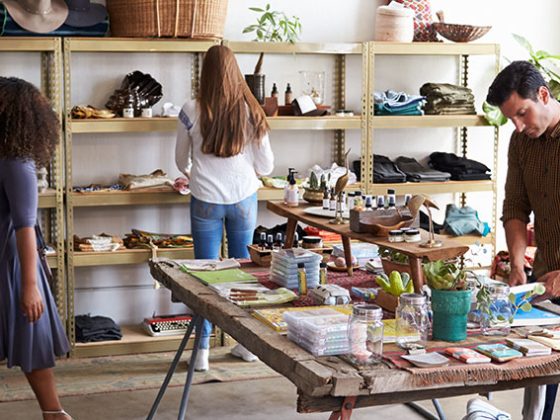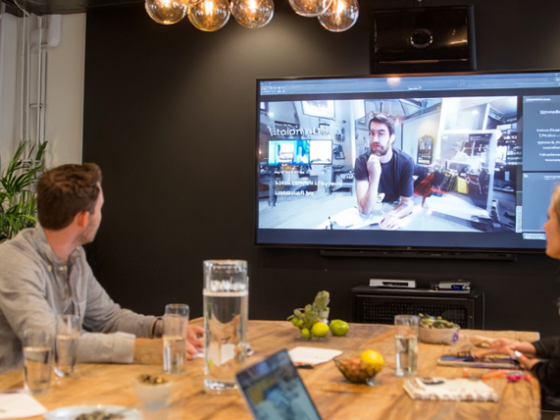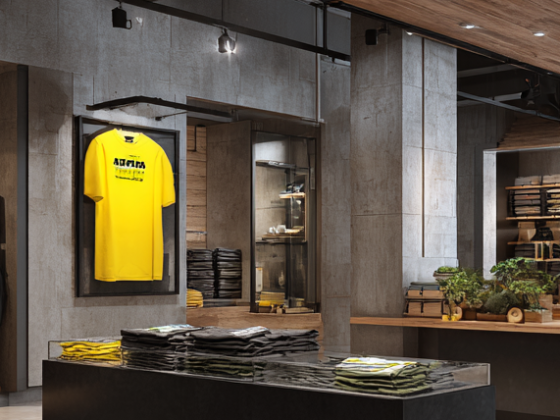“Micro-experiences are the next big thing in customer engagement,” proclaims an article on the US Chamber website. That’s a bold statement, considering more robust customer engagement is something that every retailer on the planet is after. How can micro experiences through retail brand collaborations bring customers back for more?
By micro experience, we’re talking about a small-scale, physical activation that brings a branded experience to multiple locations, generating revenue and excitement. It goes beyond the flagship store, reaching every consumer and creating a memorable, intimate interaction with the brand. It offers a novel and immersive experience for those willing to engage on a deeper level.
Micro Experience, Massive Impact
Micro-experiences, unfortunately, took a hit during the pandemic, but their potential impact cannot be overlooked. In 2019, American Girl Doll and L’Occitane exemplified this trend by introducing a joint experience that fostered personal connections with customers.
However, today’s micro experiences go beyond product interactions. They involve creative collaborations like Capital One transforming bank lobbies into cozy cafes in partnership with Peet’s Coffee, or the immersive “cold room” at Canada Goose, where customers can try on parkas. It could even be a local liquor store teaming up with a nearby winery for Friday night tastings. The goal is to deliver a distinctive and lasting impression that enhances brand awareness and loyalty, offering an intimate and exclusive encounter with the brand and its partners.
Answering the Call of Consumers
These integrated, often hands-on experiences can have a significant impact. In fact, more than 20% of consumers told Raydient that they would shop more if retailers offered unique experiences, and a staggering 68.9% of consumers emphasized the importance of a positive in-store experience.
“Brands should invest heavily in ways to recognize and leverage these moments, finding the right time to send a personalized offer that will help solve whatever problem is facing the potential customer at that time. This is about being able to reach the right customer at the right time — a cutting-edge marketing challenge but one that’s increasingly solvable thanks to the technology solutions available today.” KPMG
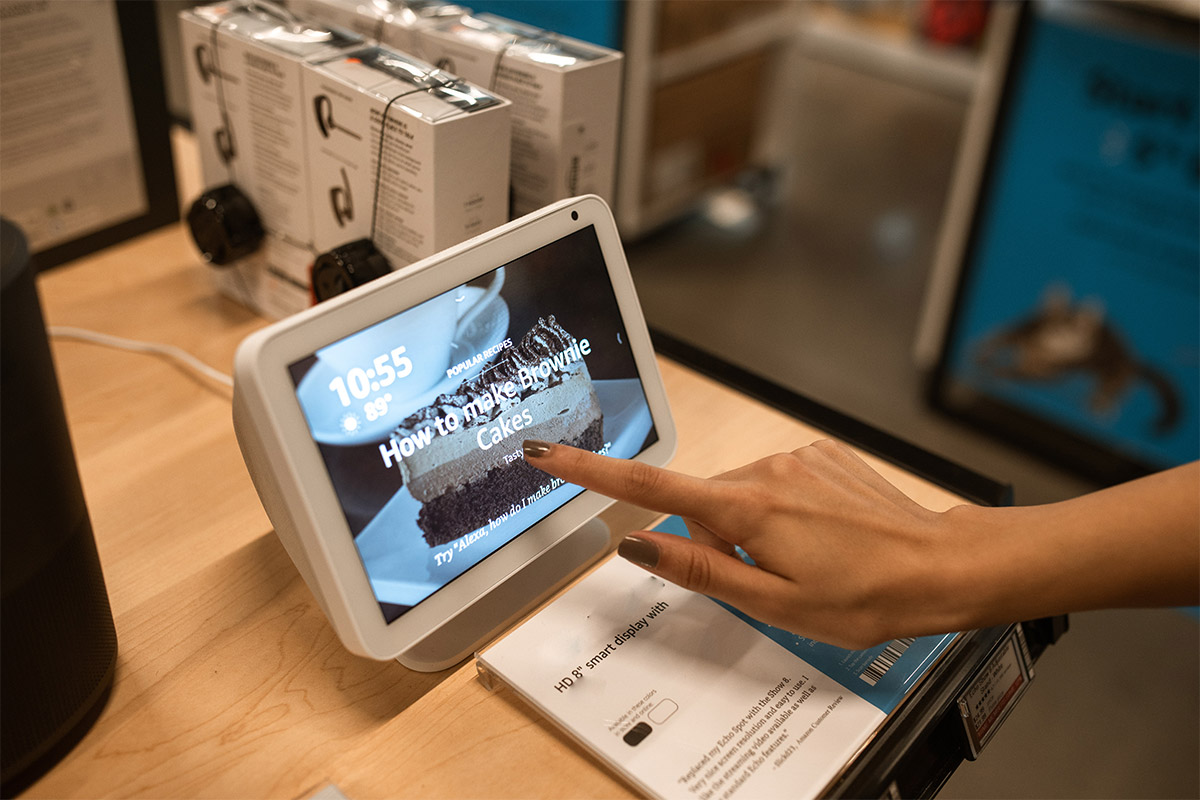
Integrating Micro Experiences
As retailers consider how to deliver micro experiences to their customers, it’s crucial to think about how the experience can be authentic to the brand. It makes sense that a company that sells parkas would have an ice room. Here are some ways retailers can integrate micro experiences into their stores:
- Thoughtful Store Layout – Design stores with designated spaces for micro experiences. Areas can be dedicated to interactive displays, product demonstrations, or immersive installations that engage customers and create a memory.
- Interactive Displays – Incorporate interactive displays that allow customers to touch, feel, and interact with products. This hands-on approach enhances customer engagement and encourages exploration.
- Personalized Service – While many of these experiences can be unattended, it’s essential that staff are trained to provide personalized and attentive service to customers during those experiences. This tailored approach adds an extra layer of memorability by making customers feel valued and attended to.
- Sensory Elements – Incorporate multi-sensory elements into the store environment, including ambient music, appealing scents, or visually captivating displays that immerse customers in a brand’s ethos.
- Pop-Up Events – Create temporary pop-up installations or events in-store that offer unique and limited-time experiences. Think workshops, demonstrations, and unique collaborations that excite consumers and drive foot traffic.
Some retailers are at the forefront of the micro experience. Let’s take a closer look at who is getting it right.
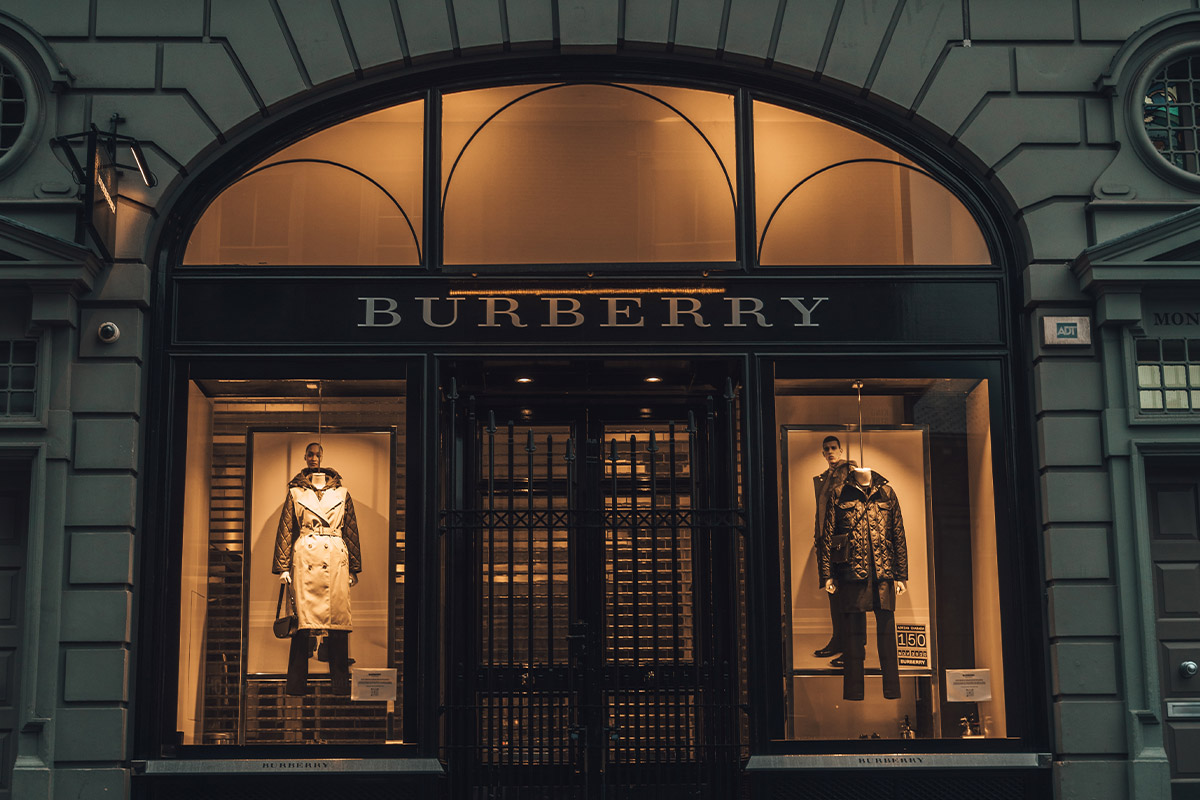
Personalization and Customization
Customers want to feel like their shopping experience is not the same as every other customer, that it’s uniquely designed for them. With technology and consumer data at the fingertips of most retailers, it’s easier to create micro experiences that play on that desire to be catered to.
Who is getting it right? Look to Sephora, a brand that consistently garners high levels of loyalty by offering exclusive in-store events and makeovers.
Augmented Reality and Virtual Reality
The use of augmented reality (AR) and virtual reality (VR) can allow customers to experience products in a more immersive way.
Who is getting it right? Check out Burberry, who used a pop-up AR experience in Harrods to coincide with the launch of its new Olympia bag.
Learning and Doing
One of the most popular micro experiences involves hands-on learning in unexpected places, like cooking classes in a grocery store or a painting session in a liquor store.
Who is getting it right? Whole Foods invites guest chefs to specific retail locations to conduct cooking classes with shoppers.
“Micro-experiences really are going to become table stakes for retailers, particularly when today’s consumers have so many choices.” – Sarah Hoffman, chief marketing officer at Drybar.
Micro experiences are physical experiences that are meaningful and engaging. When done right, they encourage a deeper connection with the brand and provide something unique and memorable to the customer.


